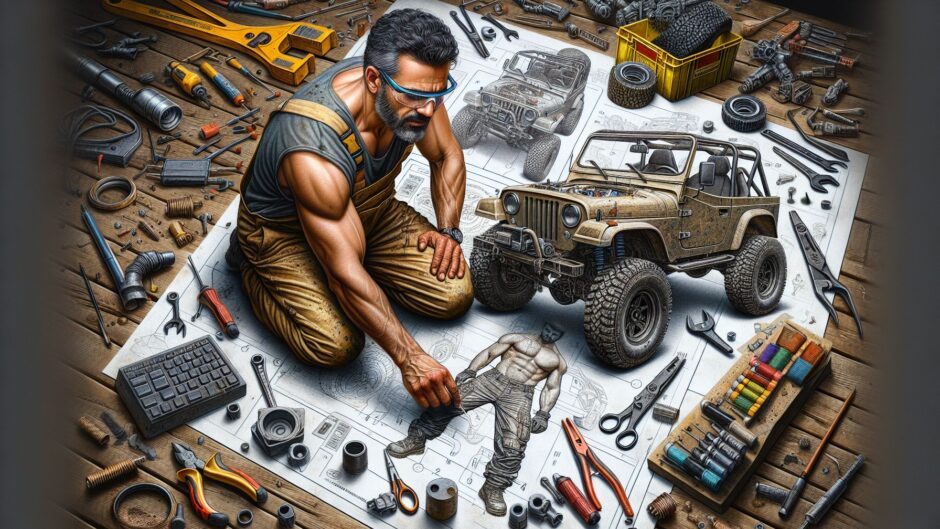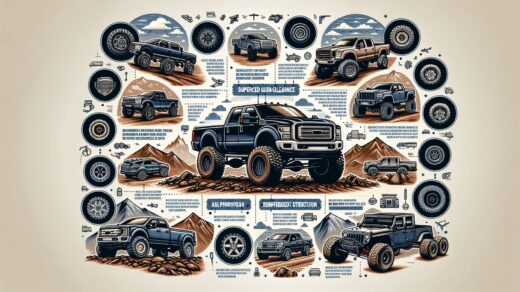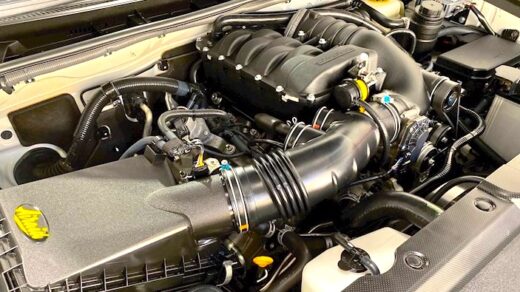If you have a passion for adventure and the freedom of off-road exploration, building your own off-road vehicle can be an exciting and rewarding project. Not only does it provide a unique opportunity to showcase your mechanical skills, but it also allows you to create a vehicle that is perfectly tailored to your specific needs. In this guide, we will take you through the essential steps to build an off-road vehicle, empowering backyard mechanics to embark on this thrilling endeavor.
1. Define Your Needs and Budget
Before delving into the project, it is crucial to determine your requirements and set a realistic budget. Consider the terrain you will be traversing, the level of off-road capability you desire, and the intended purpose of the vehicle, whether it be for recreational outings or more demanding expeditions. Establishing a budget will help you make informed decisions when selecting components and avoid overspending.
2. Choose the Right Base Vehicle
Selecting the appropriate base vehicle is the foundation of any successful off-road build. Look for a sturdy, reliable vehicle with a strong frame that can withstand the challenges of off-road terrains. Common choices among backyard mechanics include older models of Jeep Wranglers, Land Rovers, or Toyota Land Cruisers. Joining online forums and seeking advice from experienced car collectors or mechanics can assist you in making a wise choice.
3. Suspension and Lift Kits
Enhancing the suspension system and increasing ground clearance through lift kits are vital for off-road capabilities. Invest in high-quality, purpose-built suspension components tailored to your vehicle’s make and model. These will provide better articulation, improved stability, and enhanced shock absorption when tackling rough terrains. Consulting with mechanics who specialize in off-road vehicles will ensure you make the right suspension choices.
4. Upgraded Tires and Wheels
Equipping your vehicle with off-road tires and wheels optimized for various terrain types is crucial. Choose tires with aggressive tread patterns, reinforced sidewalls, and appropriate sizes for optimum traction and durability. Alloy or steel wheels designed for off-roading are recommended, as they can withstand impact and provide better support in challenging conditions.
5. Engine and Performance Upgrades
Depending on your aspirations, consider making certain performance upgrades to increase power, torque, and overall reliability. Common modifications can include a cold air intake, upgrading the exhaust system, optimizing fuel delivery, or installing a performance chip. Consulting with experienced mechanics will help guide you through the array of available upgrades and determine the best options for your vehicle.
6. Essential Off-Road Accessories
To ensure a safe and convenient off-road experience, outfitting your vehicle with essential accessories is crucial. This includes a winch, a sturdy front bumper for added protection, rock sliders, skid plates, and a snorkel for water crossings. Additionally, investing in recovery equipment such as traction mats, tow straps, and a high-lift jack will prove invaluable when encountering unforeseen obstacles.
Conclusion
Building an off-road vehicle is an extraordinary endeavor that combines creativity, mechanical knowledge, and a passion for adventure. By carefully selecting the right base vehicle, enhancing the suspension, improving performance, and outfitting with essential accessories, backyard mechanics can create a capable and reliable off-road machine. Remember to seek guidance from car collectors and seasoned mechanics to ensure your build is efficient and enjoyable. So roll up your sleeves, gather your tools, and prepare for countless thrilling adventures that await you behind the wheel of your handmade off-road beast!



